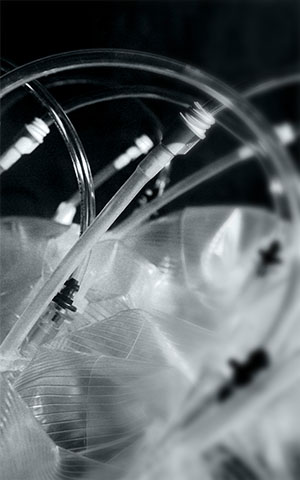Reactscape device:space
Project 1.0 . Site Systems Prototype
Overview
Prototyping and experimentation require a baseline or datum to compare and contrast successive iterations. This baseline could be conceived of as a canvas or standard condition that we use to measure or interact with performative processes. The interplay between the baseline and performative condition will serve as the foundation for developing your design in 4 dimensions. The design of these prototypes can take on many forms, both physical and digital but should fundamentally address a need to test and access dynamic processes in relation to site and time.
Questions
 The choice of media and technique is an open question for each of the groups. The model should intelligently represent an existing and/or proposed dataset illustrating historic, realtime, and/or predictive scenarios. The model should address the following:
The choice of media and technique is an open question for each of the groups. The model should intelligently represent an existing and/or proposed dataset illustrating historic, realtime, and/or predictive scenarios. The model should address the following:
-
What is the relationship between the model (virtual site) and the physical site?
-
How does the model promote iterative prototyping of design ideas?
-
How does the model perform as a virtualized process?
-
In what way does the model provide tangible access to a site process or processes and allow the user to observe, manipulate, or interact with this process?
The modeling process will take on two phases, prototyping and refinement. The prototyping phase will explore the deconstruction of site processes and their representation as physical, digital, or hybrid prototypes. Each prototype will be iterative in nature and will build a knowledgebase for the second phase. The second phase will further develop and refine one prototype to create a performative prototype that utilizes one or more data sets or data sources. The parameters of the prototype and data structure should additionally be constructed to further subsequent strategies and proposals. The prototype will become both a design tool and method for illustrating and observing dynamic processes. The prototype will need to be accessible, functioning, and grounded.
The modeling process should be based on a known method(s) that can be traced through time. This may be a historic process or a nascent modeling technique that could be deconstructed and adapted to an iterative design approach. Photography, stop motion animation, digital rendering, and film may be used to observe, measure, analyze and form conclusions in relation to change over time.

Deliverables
Series of Model Prototypes
Model Prototype Presentation: 10-20 slides (A4 spread @200dpi) explaining the model’s origins and creation, significant precedents, dataset(s), and proposed design application.
Schedule
September 9th . Project Introduction
September 11th . Initial Design Ideas
September 13th . Desk Crits
September 16th . Pin-up, Model Prototypes
September 18th . Desk Crits
September 20th . Desk Crits
September 23rd . Project 1.00 Review
